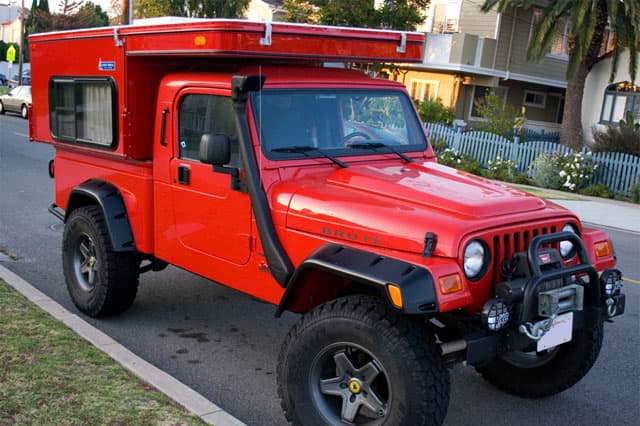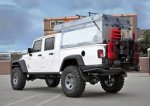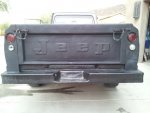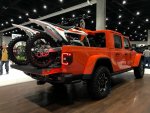I agree with everything you said about the marketing side. I believe i mentioned that I'm sure there were meetings to decide if it was worth it. I'm sure the answer wasn't, "we can't do it". The answer was, "we don't need to do it".
But what i don't think you're getting is the nature of some crash test requirements. It's not about the chassis being weak in any way.
For example...
The amount of power in an engine would make no difference at all in a pedestrian safety test. Only the physical size and packaging of it. The Grands have a larger engine bay with more crumple space around that bigger engine. The wrangler is lacking that space. This same thing may apply to "passenger compartment intrusion" tests. Those are just two that come to my mind right away
Pedestrian safety is a fairly new set of standards, and one that bothered me as to how they appeared. Please forgive an even further off topic ramble...
Has anyone noticed the front of most passenger cars, in particular Hondas and Toyotas, seem much more upright and taller than they were a decade ago? Honda even developed a pedestrian crash test facility. At the time, their ideology was to make the front of the car low, to keep from buckling a pedestrian in half and driving them under the vehicle...
But European car styling doesn't really lend itself to that method. So the Europeans preempted everything by creating their own standards before Honda's then new facility could really start publishing test results.
Those standards basically say there must be a big enough space cushion around the engine so when a pedestrian is hit, the sheet metal must have plenty of crumple space to absorb the bodies force, before that body hits the very solid engine components under the skin.
This, of course, lent itself very well to the upright grills and high hoodlines of the euro cars. It also forced everyone who wanted to sell cars in euro union to comply with the new standard.
Just because of its styling, the wrangler had never really had a lot of room inside its engine bay. You can imagine how much less room the front area would have if the engine were 6 or so inches closer to the radiator. That's the end of any crumple space.
If you remember, the JL had to have a longer engine bay just to fit the new 8 speed automatic transmission necessary for the diesel option. Now think what would be required to add an extra pair of cylinders too.
But yeah, we're WAY OFF off topic now. It's just my opinion that the guy was being honest in his statement.








